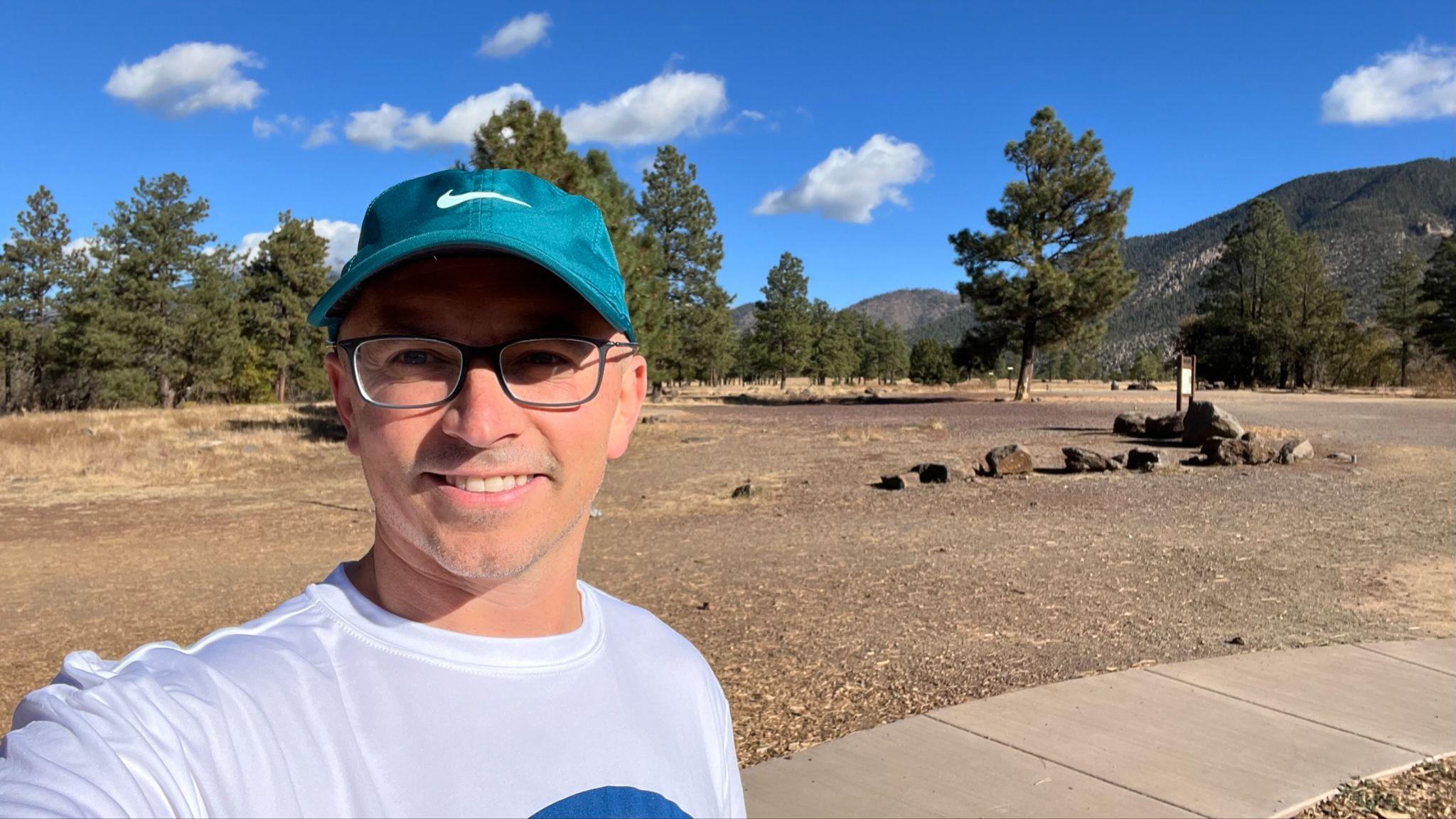Blog
Reframing Stress: A Catalyst for Growth

Stress gets a bad rap, and I think it’s undeserved.
Reflecting on this past year has given me a new perspective on stress. It’s not the ominous antagonist lurking in the dark corners of our lives; instead, it’s akin to a trainer who challenges us—encouraging growth, resilience, and grit. It’s a force that prods us toward our potential, tests our limits, and fosters personal evolution.
It’s only when too much stress is applied that you start seeing the negative consequences. That’s what I want to explore in this article: the positive role that stress can play in our lives when introduced in a controlled manner and a manageable amount, and the risks of too much.
I started actively running about the time I turned forty. I thought I knew a lot about running, but over the last five years, I’ve realized I still have so much to learn. The primary area I continue to focus on revolves, unsurprisingly, around my training.
Training is the application of stress to drive positive adaptions that lead to physiological changes.
The stress applied to your muscles signals, “Hey, we need to get stronger here!” Every mile you run, every hill you tackle, is part of a curated dose of stress designed to nudge your body toward improvement.
Of course, too much stress, or combining too many different stresses simultaneously, can lead to burnout and injury.
Late last year, I struggled physically about halfway through my training as I was building towards a trail marathon in Flagstaff and then a 50K at Deception Pass State Park. At the time, I didn’t understand what was happening as I was getting tired during easy runs and generally unmotivated to work hard at my training. As I worked through this over the next month, particularly with a running coach, I learned I had unknowingly made several changes at the same time that introduced a significant amount of additional physical stress that overwhelmed me physically. It was a classic case of burnout. It was an unpleasant experience, but one I learned from.
A specific insight for me was the calibration of effort in my workouts. Naively, I had long used data provided by my Garmin watch as my estimated lactate threshold heart rate, and after taking a VO2 Max test at a clinic, I learned my actual lactate threshold heart rate was lower than Garmin had estimated. Consequently, during a significant build I had gone through in my training, I worked much harder than I should have. All that fatigue accumulated, and the consequence was overtraining.
Fortunately, a little time off and some easy runs were a solid fix. Fortunately, I both listened to my body and had an excellent coach to talk to and get advice. If not, I could have pushed further and injured myself. It’s happened in the past, and when it does, it can take much longer to recover.
In life, just as in exercise, stress has its place. It can spark growth and push us to challenge ourselves. A little bit of stress can boost our work performance, keeping us sharp and preventing us from getting too comfortable.
Just like a workout, we have to manage stress in life and work without overdoing it. Too little, and we’re coasting. Too much, and we’re drowning in it. And just like with training, it can result in burnout and injury. This past year, I’ve had my share of successes and struggles with work and life stress. It can sharpen your game or weigh you down. Now in my forties, I’m still figuring out how to strike the right balance. Sometimes I nail it; other times, it’s clear I have more to learn.
Pulling from my running anecdote, one of the things I’ve applied is the idea of calibrating stress in life. I don’t have a robust methodology for this today, so I’ve started to write out all the things that I find stressful simply. Itemizing them helps me to apply a series of weights against them, and while I don’t have a rigorous formula for it, I can then look over everything and start making a judgment call. Are there things I can drop, limit, or delegate to alleviate some of the pressure? By recalibrating and managing my stresses systematically, I can create a balanced work-life situation where I’m still propelled toward growth and productivity without the risk of total burnout.
Stress isn’t inherently a bad thing. Instead, how we manage it determines its impact on our lives. We should learn to see stress as a necessary part of our growth, like a carefully planned training regimen. When we do, we shift from fearing stress to embracing it, transforming it into a powerful tool for pushing our boundaries and unlocking our full potential. There’s no silver bullet for me, and managing stress is all about continuously calibrating and finding the right balance.
Next time you feel the weight of stress pushing you, take a step back to evaluate if you are in the optimal stress zone leading to growth or are veering towards an overload that can lead to burnout. Keep learning from it and adjusting it like a well-designed training plan.